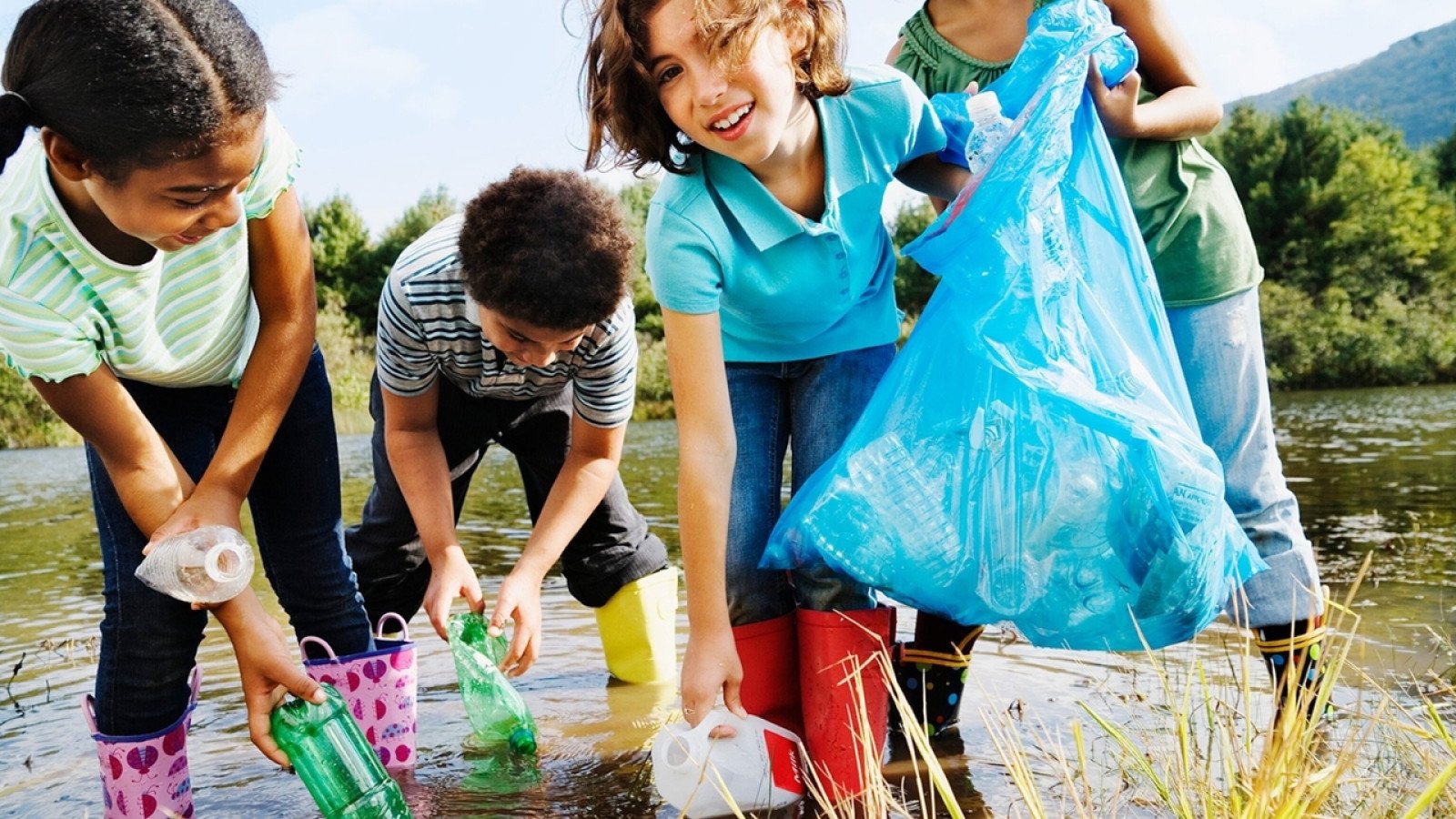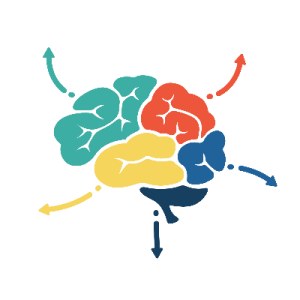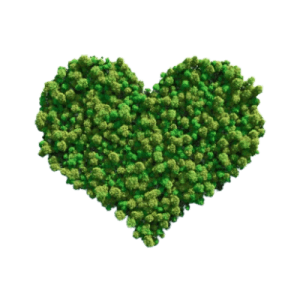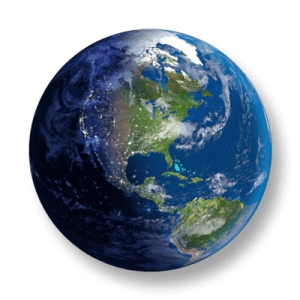
Overview
Drawing upon Indigenous perspectives and teachings, students describe what it means to be a good steward of the water.
Instructions
What you'll need
- Ted Talk "Story of Coyote" (cued to 5:53-8:15)
- "Being a good steward of the water" worksheet
- "Stewards of the water" slides
- Digital projector and display
- Begin the activity by asking your students to think of something that is very important and valuable to them—it could be a bike, a pet, or something they were given by a friend or family member. Now ask them to imagine that they have to ask a friend to look after their valuable item: how would they want their friend to treat it?
- Invite students to share their ideas with the class. As they share, record and display their ideas for use later in this activity. Briefly explain that by asking a friend to look after their valuable item, they were actually asking their friend to be a good steward of their important item.
- Open up and display the "Stewards of the water" slides. Show slide 2 and tell students that the images show what it means to be a good steward of water. What words could be used to describe what being a good steward of water might look like? Encourage students to revisit the list started earlier in the activity, and to suggest other words that could be added to the list.
- Provide each student with a copy of the "Being a good steward of the water" worksheet. Prompt students to select and note seven words or phrases that effectively describe what it means to be a good steward of the water.
- Explain to students that they will listen to the “Story of Coyote”. Ask students to note on their worksheet any ideas that the storyteller suggests about what it means to be a good steward.
- Invite students to share the words and phrases about being a good steward that they noticed in the story.
- To conclude the activity, ask students to now think of actions that they could take to be good stewards of the water. Prompt students to note their ideas on their worksheet and then share their thinking with the class.
Modify or extend this activity
Modifications
- To provide students with more ideas and information in step 3, consider showing this video made for World Water Day (March 22).
Extensions
- Using proper protocols, invite a local Indigenous Elder to speak to your students about what it means to be a good steward of water.
- Ask students to create an illustration or find images to show what being a good steward would look like.
Curriculum Fit
Grade 5 Science
Big Idea
- Earth materials change as they move through the rock cycle and can be used as natural resources.
Content
- First Peoples concepts of interconnectedness in the environment
- The nature of sustainable practices around BC’s resources
- First Peoples knowledge of sustainable practices
Curricular competencies
Questioning and predicting
- Demonstrate a sustained curiosity about a scientific topic or problem of personal interest
- Identify questions to answer or problems to solve through scientific inquiry
Processing and analyzing data and information
- Experience and interpret the local environment
- Identify First Peoples perspectives and knowledge as sources of information
- Demonstrate an openness to new ideas and consideration of alternatives
Applying and innovating
- Contribute to care for self, others, and community through personal or collaborative approaches
- Co-operatively design projects
- Transfer and apply learning to new situations
- Generate and introduce new or refined ideas when problem solving
Communicating
- Communicate ideas, explanations, and processes in a variety of ways
- Express and reflect on personal, shared, or others’ experiences of place
Grade 6 Social Studies
Big idea
- Economic self-interest can be a significant cause of conflict among peoples and governments.
Content
- Economic policies and resource management, including effects on indigenous peoples
Curricular competencies
- Use Social Studies inquiry processes and skills to — ask questions; gather, interpret, and analyze ideas; and communicate findings and decisions
- Ask questions, corroborate inferences, and draw conclusions about the content and origins of a variety of sources, including mass media (evidence)
- Take stakeholders’ perspectives on issues, developments, or events by making inferences about their beliefs, values, and motivations (perspective)
- Make ethical judgments about events, decisions, or actions that consider the conditions of a particular time and place, and assess appropriate ways to respond (ethical judgment)
Assessments
Throughout the activity, consider how well students:
- Identify different perspectives about stewardship.
- Make accurate observations from text and other sources.
- Use evidence to create definition.
- Contribute to group discussions.
Teaching Notes
How this activity was developed
These materials were created with guidance from Indigenous educators, subject matter experts and thought leaders to help draw upon important teachings, learnings, and Indigenous perspectives.
For centuries, the traditional western view of water has often been focused on its value as a resource. Indigenous people have a unique relationship with the waters of British Columbia. Since time immemorial, water has played a sacred role and is seen as a living entity. How water is used must be carefully considered with a view towards not just the immediate need and impact, but the needs and perspectives of generations to follow.
We are dedicated to deep listening and respectfully highlighting Indigenous ways of knowing in the materials we provide B.C. educators. If you have any feedback for us on these activities, or suggestions for others, please email schools@bchydro.com. We would love to hear from you.
About the artist
The design of the worksheets in this activity was a collaborative effort with Indigenous artist Kelli Clifton. Kelli Clifton was born and raised in Prince Rupert, British Columbia and is Gitga’at from the community of Hartley Bay. Clifton is interested in using her artwork as a form of storytelling—especially in relation to her Ts’msyen language (Sm’algyax), her coastal upbringing and her experiences as an Indigenous woman. Clifton currently lives in her home community where she continues to practice her art and teaches Sm’algyax at a local high school. Learn more about Clifton's art on her Facebook page.
BC Hydro’s commitment to reconciliation
BC Hydro exists to serve British Columbians by providing clean, reliable and affordable electricity. We recognize that maintaining and developing the system has impacts on the lives and interests of Indigenous Peoples. To support our move towards true and lasting reconciliation, BC Hydro will acknowledge past wrongs, listen to Indigenous perspectives and seek shared understanding with First Nations communities and governments.
Learn more about our Statement of Indigenous Principles.








